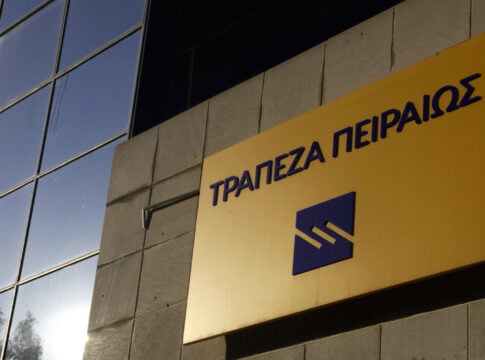The decision of the Bank of Greece (BoG) to impose a ceiling on mortgage loans reflects European officials’ concerns over a potential rise of bad loans.
It also explains the reason why the SSM insists so much that the banks calculate the risks correctly, since it believes that new bad loans may emerge in the future, mainly due to higher interest rates.
Therefore, it establishes maximum lending limits based on two variables: the income of the borrower and the value of the property, in order to avoid new social problems.
The new measures will apply as of January 1, 2025.
Specifically, the loan cannot exceed 80% of the commercial value of the property. However, the percentage rises to 90% for those who take out a mortgage for the first time.
Moreover, the cost of servicing a borrower’s loan obligations cannot exceed 40% of their annual income, with the exception of young buyers, for whom the limit rises to 50%.
The SSM agenda
In fact, this was the agenda of the SSM during the 4th post-memorandum evaluation of the country’s credit institutions. Of course, banks had already operated based on the above two criteria in order to lend. However, this did not deprive them of the right to proceed beyond the limits if they judged that their client did not pose any risk. However, the European regulations are now clear and the lending method does not allow for many exceptions.















